Eagle Feathers #311 – British Landing
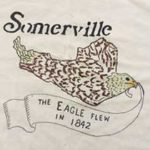 By Bob (Monty) Doherty
By Bob (Monty) Doherty
It was the end of the summer in 1774. In Boston, tensions between the occupying British Army regulars and the Massachusetts Colonists were at a near boiling point. For years, citizens had suffered intolerable acts and taxation. British Tories, or citizens in favor of English rule, were moving closer to the city for protection, and local town farmers began withdrawing their gunpowder stores from the colony’s arsenal at Charlestown’s Quarry Hill.
Alerted by this, British General Thomas Gage took measures to stop the removal. He instructed the remaining powder be seized and brought to a secure location at South Boston’s Castle William. He ordered two hundred and sixty troops to accomplish this.
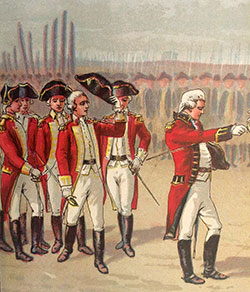
On September 1, they left their camp on the Boston Common and marched through what is today’s downtown to the harbor at Long Wharf. They then boarded thirteen boats and barges and voyaged up the Mystic River, disembarking at today’s Wellington Bridge near Assembly Row.
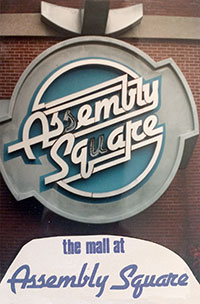
From this historic site, they went on to raid the Powder House and capture the colonial stores of 250 half-barrels of the King’s powder. The attack caused over 20,000 provincials to arm and proceed toward Boston the next day until cooler heads prevailed. The British landing on the Mystic’s shore proved to be the dress rehearsal for the battles of Lexington, Concord and the Revolutionary War eight months later.
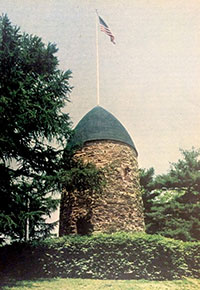
This 1774 landing and departing site of the British men at arms had already held an historic lore. It was the exact location of the July 4, 1631, launching of Governor John Winthrop’s ship the “Blessing of the Bay.” The Blessing was the pioneer of over 500 future ships to be built on the Mystic. Her historic send off on the Fourth of July prophesied the Massachusetts colony and our nation’s freedom.

Blessing was first used to deliver men and soldiers westward where they built a garrison to protect English settlers from the Dutch expansion and Indians on the Connecticut River. These communities included what would become Chicopee, Holyoke, Springfield, and other towns.
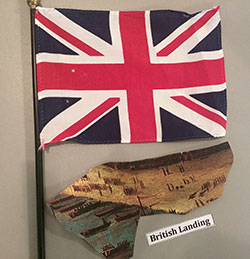
This thirty-ton, three-mast craft fished and traded up and down New England’s coastal waters and beyond. She later became an armed cruiser that protected the infant fleet, guarded our coast from pirates, and was the progenitor of the United States Navy.
The historic “Blessing of the Bay” and the British landing location warrant first-rate recognition.
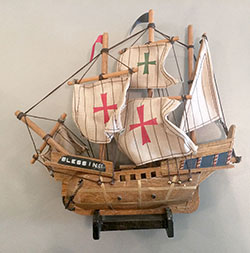















Reader Comments